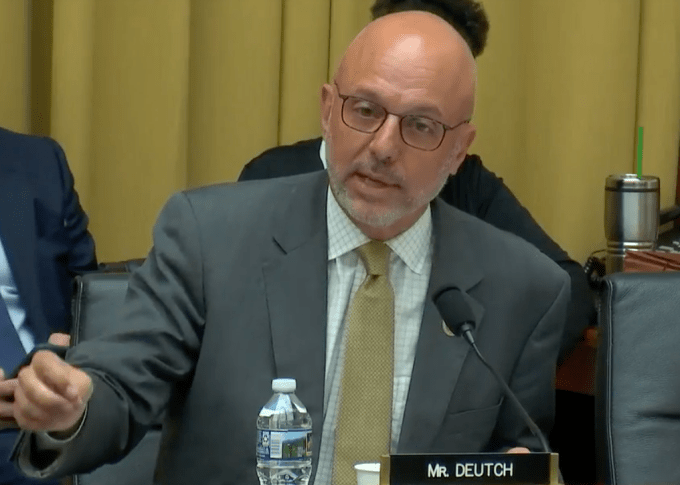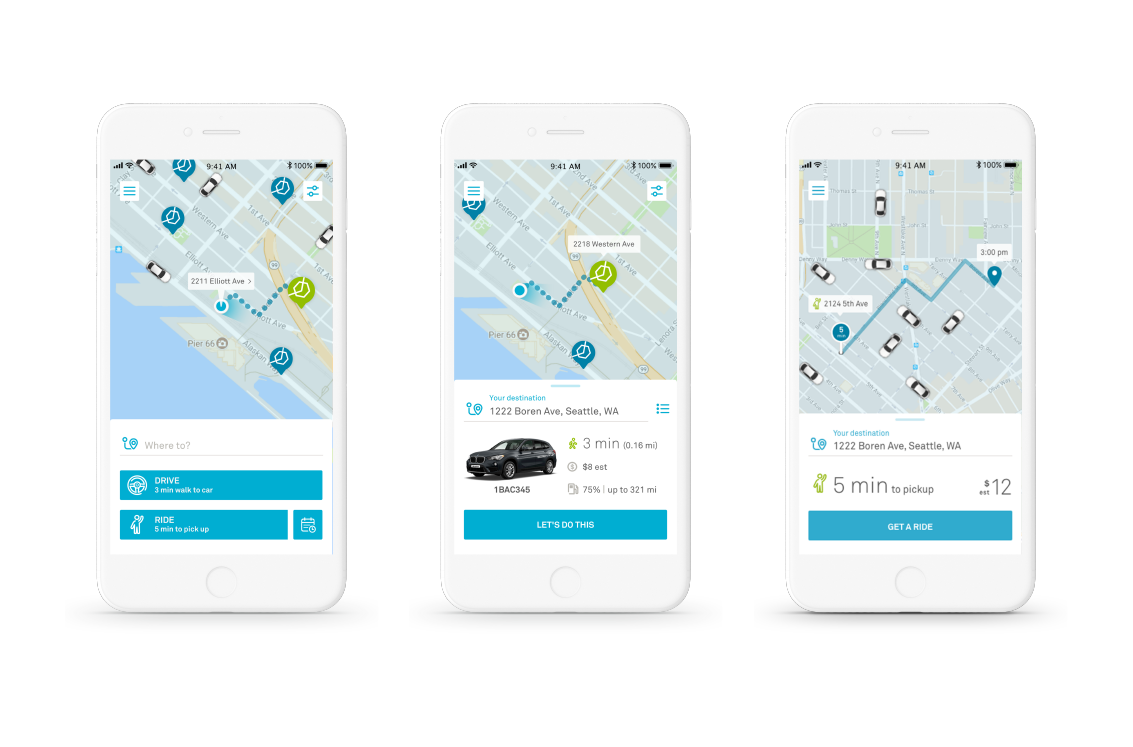I have to hand it to 8BitDo. At first I thought they were just opportunistically hawking cheap hunks of plastic in an era of unparalleled nostalgia for retro games, but… well, who am I kidding? That’s exactly what they’re doing. But they’re doing it well. And these new DIY kits are the latest sign that they actually understand their most obsessive customers.
While you can of course purchase fully-formed controllers and adapters from the company that let your retro consoles ride the wireless wave of the future, not everyone is ready to part with their original hardware.
 I, for example, have had my Super Nintendo for 25 years or so — its yellowing, cracked bulk and controllers, all over stains and teethmarks, compelling all my guests to make an early exit. I consider it part of my place’s unique charm, but more importantly I’m used to the way these controllers feel and look — they’re mine.
I, for example, have had my Super Nintendo for 25 years or so — its yellowing, cracked bulk and controllers, all over stains and teethmarks, compelling all my guests to make an early exit. I consider it part of my place’s unique charm, but more importantly I’m used to the way these controllers feel and look — they’re mine.
8BitDo understands me, along with the rest of the wretches out there who can’t part with the originals out of some twisted concept of loyalty or authenticity. So they’re giving us the option to replace the controllers’ aging guts with a fresh new board equipped with wireless connectivity, making it a healthy hybrid of the past and present.
If you’re the type (as I am) that worries that a modern controller will break in ways that an SNES controller would find laughable, if it could laugh, then this will likely strike your fancy. All you do is take apart your gamepad (if you can stand to do so), pull out the original PCB (and save it, of course), and pop in the new one.
You’ll be using more or less all the same parts as these famously durable controllers came with (check out this teardown). The way the buttons feel shouldn’t change at all, since the mechanical parts aren’t being replaced, just the electronics that they activate. It runs on a rechargeable battery inside that you recharge with an unfortunately proprietary cable that comes with the kit.
If you’re worried about latency… don’t be. On these old consoles, control latency is already like an order of magnitude higher than a complete wireless packet round trip, so you shouldn’t notice any lag.
You will, however, need to pick up a Bluetooth adapter if you want to use this on your original console — but if you want to use the controller with a wireless-equipped setup like your computer, it should work flawlessly.
If you buy it and don’t like it, you can just slot the original PCB back into its spot and no harm is done!
There are conversion kits for the NES and SNES, the new Classic Editions of both, and the Sega Mega Drive. At $20 each it’s hardly a big investment, and the reversible nature of the mod makes it low risk. And hey, you might learn something about that controller of yours. Or find a desiccated spider inside.






